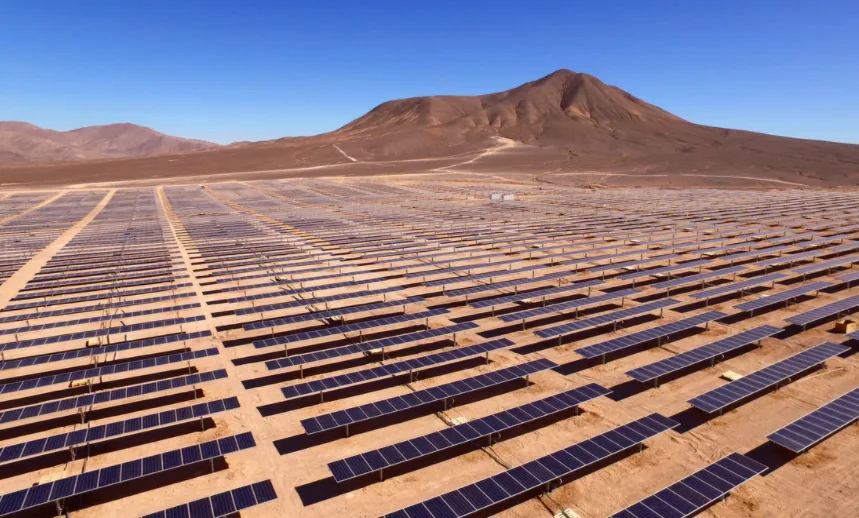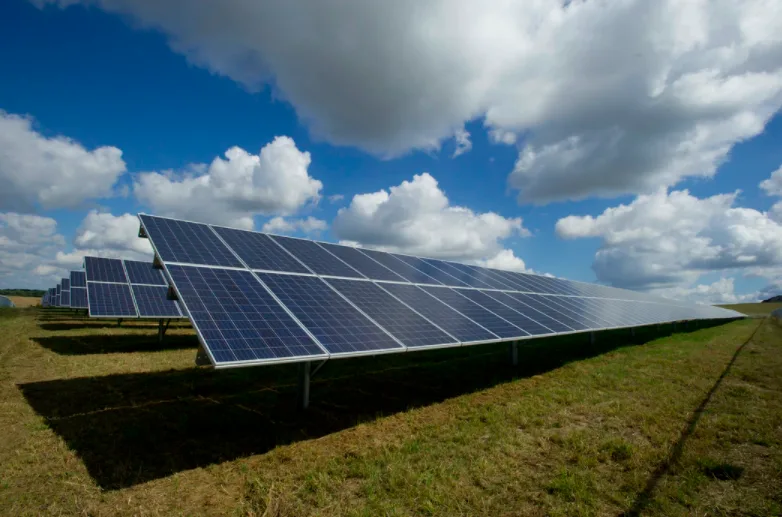
Wind, solar energy demands projected to exceed gas and coal by 2024
The International Energy Agency report found that the market for renewables remained strong during the COVID-19 pandemic.
The latest International Energy Agency (IEA) report on renewables, published in November 2020, shows that wind and solar capacity will double over the next five years on a global scale. This would allow these two renewable energy sources to exceed gas by 2023 and coal by 2024.
In May 2020, the IEA provided an analysis that looked at the impact of COVID-19 on renewable energy development. Their figures showed that the pandemic was affecting, but not halting, the growing trend of renewables.
Investor appetite for renewables has remained strong. Renewable energy auctions — a call for tenders to install a certain capacity of renewable energy-based electricity — actually grew between January and October 2020, with respect to the same period in 2019. Solar led the way as shares from worldwide companies more than doubled in value since December 2019.
The IEA adjusted the 2019 prediction which initially showed, in the more optimistic scenario, renewables overtake coal over the next five years. This year, even considering the less ambitious scenario, wind, solar, hydro, and biomass are projected to take the lead during the next five years.

Credit: American Public Power Association via Unsplash
Values for the more realistic scenario predictions indicate that 130 GW of solar energy will be added to the total each year between 2023 and 2025. The figure could rise to 165 GW in a more optimistic scenario, accounting for 60 per cent of the total renewable expansion during the two year period.
The report also points out that the new clean energy infrastructures will account for 95 per cent of the increase in the world's electricity generating capacity over that five year period. A large portion of that amount, around 60 per cent, will come from solar, which today, provides the lowest cost electricity in history.
If the IEA predictions are on track, we could see the capacity of wind and solar doubling in the next five years. This essentially translates into a 50 per cent increase of renewable energy generation to accommodate global economic growth and more electrified societies.
SEE ALSO: Nuclear or renewables? 25-year study shows a clear winner
The upcoming trend will be especially noticeable in the United States and Europe, where renewables are likely to increase faster. In Asia, the story could be a different one, as renewables will only take over the energy demand partially — fossil fuels will cover the rest.
Despite the impact of COVID-19, global energy demand only declined about 5 to 8 per cent, with electricity dropping 2 per cent. The COVID-19 crisis has put a serious dent in the fossil fuel demand, but meanwhile, renewables are expected to grow around 7 per cent this year.
There are high hopes for renewables in 2021 but also a lot of uncertainty around how they will play out in the global energy demand picture. Climate technology is expected to continue growing with Europe and India leading the way in what the report calls a “renewables surge” driven by green recovery funds. Unfortunately, the growth of the renewable sector in the coming years will depend greatly on the policies put in place by political leaders.
Thumbnail credit: Antonio Garcia via Unsplash












